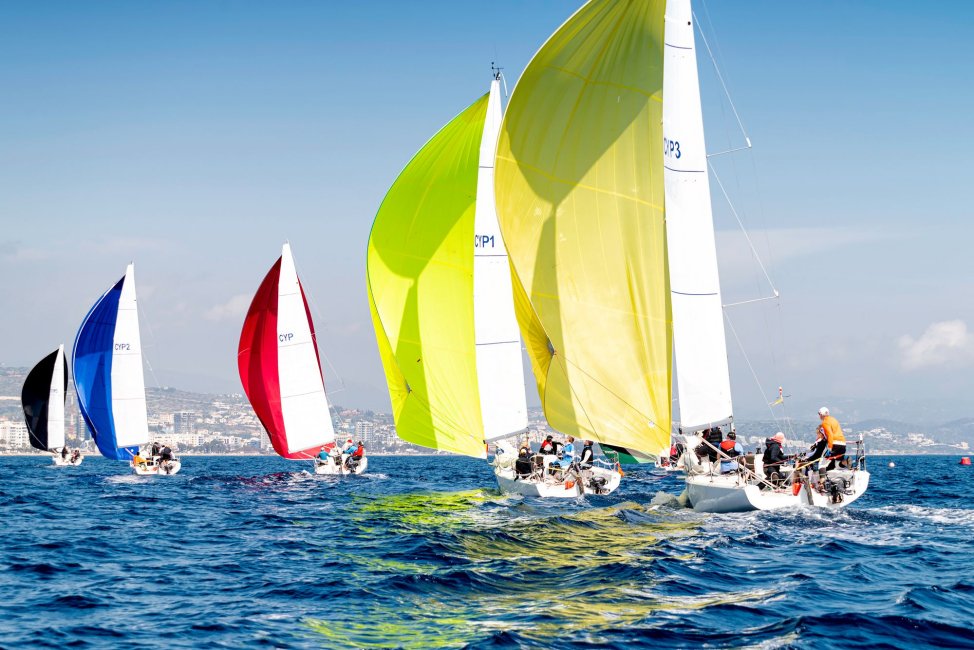ENVIRONMENT: Costa Rica eyeing waves and tides for power aupply

Costa Rica, which has one of the cleanest electricity supply in the world, is exploring the possibility of using ocean waves and tides as power generators to meet its future needs
The topic was addressed on Monday at a forum organized by environmental entities and the state-run Costa Rican Institute of Electricity (ICE), responsible for the country’s electricity generation, to analyze the options for obtaining renewable energy from the maritime movement.
“We want to analyze the offshore energy of wind, waves, tides, currents, thermal gradients and salt gradients,” Rodrigo Rojas, an ICE environment and energy specialist at ICE, told AFP.
He added that “each (of these sources) represents an important challenge in terms of the supply chain, social, biological, economic, tariff studies, which in 10 or 15 years will tell us how to realize projects.”
In the last five years, Costa Rica has generated more than 98% of its electricity from renewable
sources, mainly hydroelectric plants, according to ICE data.
However, the Deputy Minister of Energy of the Ministry of Environment, Rolando Castro, warned that this energy matrix is vulnerable to climate change, which could affect the flow of the rivers that feed the hydroelectric plants.
Given this, he raised the need to “diversify energy sources by taking advantage of natural resources,” such as sea coasts.
The vice-minister warned that the generation of maritime energy is technologically viable, but is currently not very accessible from a financial point of view.
British academic Abu Bakr Bahaj, from the University of Southampton, presented a series of experiences developed in the UK to generate electricity with the tides and waves of the sea.
Some of the experiences are underway, others failed for economic reasons.
He said that the development of this form of energy requires support from governments to succeed.
According to Bahaj, initial experiences indicate that the energy obtained from the tides has progressed slowly and steadily, while that of the waves has made slower progress






